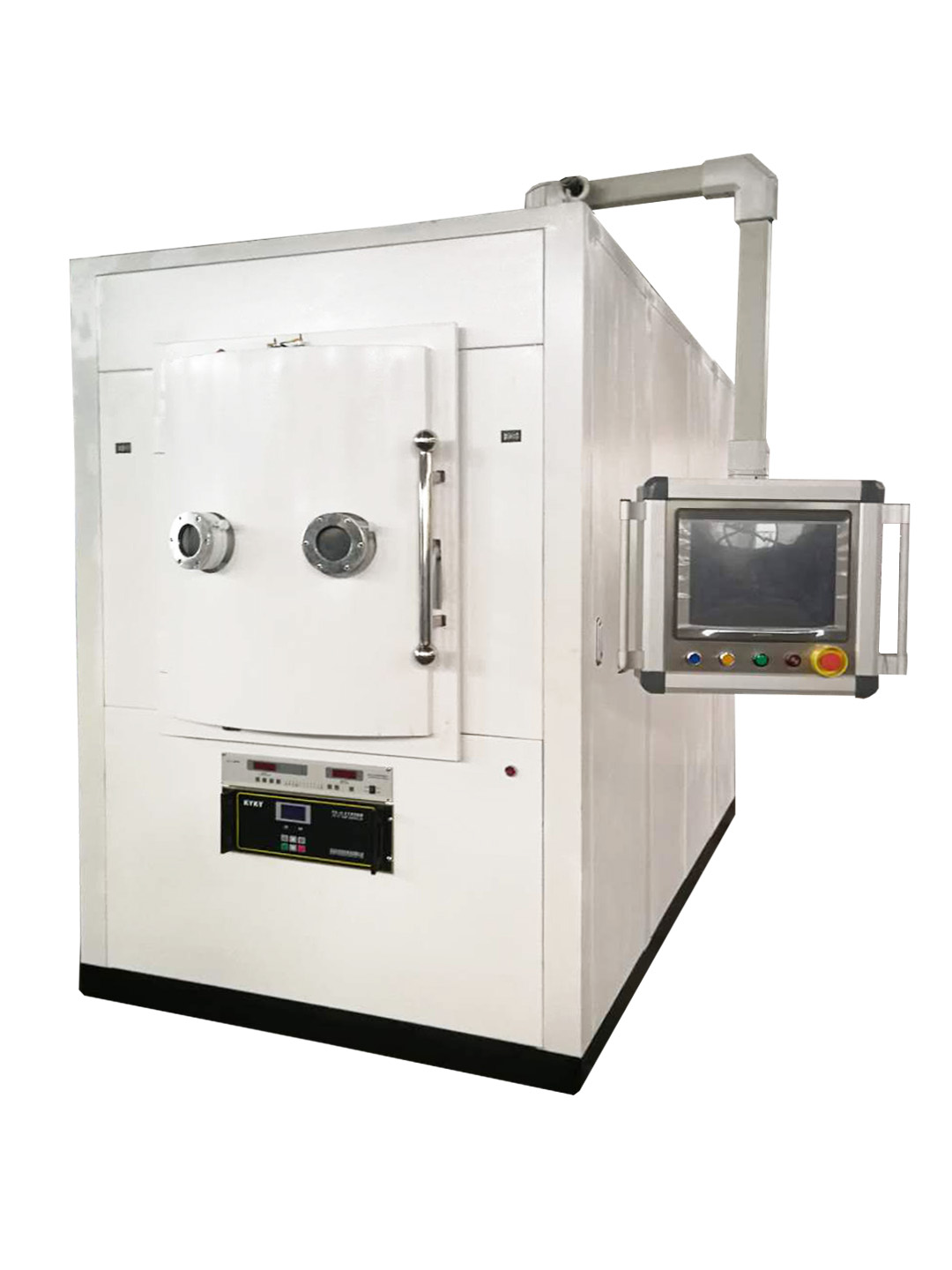Vacuum Coating Equipment For Stainless Steel and Ceramic Tableware
Vacuum coating technology represents a revolutionary advancement in the surface finishing of tableware, offering unparalleled aesthetics, durability, and functionality. Specifically designed for materials like stainless steel and ceramic, this equipment applies a microscopically thin, high-purity layer of material in a vacuum chamber, transforming ordinary items into premium, high-value products. This process is a superior alternative to traditional plating methods like electroplating, being more environmentally friendly and producing a far more resilient finish.
Core Technology: Physical Vapor Deposition (PVD)
The most prevalent technology in this domain is Physical Vapor Deposition (PVD). The process involves the following steps:
-
Cleaning and Preparation: Tableware items are meticulously cleaned to remove any contaminants, oils, or moisture. This is a critical step to ensure perfect adhesion of the coating.
-
Loading and Vacuum Creation: The cleaned substrates are loaded into a robust vacuum chamber. The air is then evacuated to create an ultra-high vacuum environment, eliminating oxygen and other reactive gases that could interfere with the coating process.
-
Plasma Cleaning (Optional but common): An inert gas (like Argon) is introduced and ionized into a plasma. This plasma bombards the surface of the tableware, performing a final atomic-level cleaning and activating the surface for enhanced coating adhesion.
-
Vaporization and Deposition:
-
A solid target material (the "coating material," such as titanium, chromium, or zirconium) is vaporized using a high-energy source. Common methods include Arc Evaporation (using an electric arc) or Sputtering (bombarding the target with ionized gas).
-
The vaporized atoms travel through the vacuum and condense on the cooler surfaces of the tableware, forming a thin, uniform, and incredibly hard film.
-
-
Reactive Deposition (For Color): To achieve specific colors, a reactive gas (like Nitrogen for a gold color or Acetylene for a black color) is introduced into the chamber. The vaporized metal atoms react with these gases to form compound films (e.g., Titanium Nitride for rose gold, Zirconium Nitride for champagne gold).
-
Cooling and Unloading: After the coating cycle is complete, the chamber is cooled, brought back to atmospheric pressure, and the finished, coated tableware is unloaded.
Advantages for Tableware
-
Superior Durability: PVD coatings are extremely hard and scratch-resistant, ensuring that cutlery and plates maintain their pristine appearance even after years of use in dishwashers and with daily handling.
-
Excellent Corrosion Resistance: The dense, non-porous coating acts as a powerful barrier against moisture, salt, and acids, preventing tarnish and corrosion on stainless steel and enhancing the chemical resistance of ceramics.
-
Aesthetic Versatility: It enables a wide spectrum of elegant and consistent colors that are difficult to achieve with other methods, including rose gold, black, gunmetal, bronze, and chrome, without altering the underlying texture.
-
Hygienic and Safe: The coating is completely non-toxic, biocompatible, and easy to clean. It does not harbor bacteria and is safe for food contact, meeting international food safety standards.
-
Environmental Sustainability: The PVD process is a "dry" process, generating no hazardous wastewater or sludge containing heavy metals, unlike traditional electroplating. It is a cleaner and greener technology.
Applications in Tableware
-
Stainless Steel: Knives, forks, spoons, steak knives, chopsticks, tumblers, mugs, and lunch boxes.
-
Ceramic: Plates, bowls, mugs, and decorative tiles. The coating is often applied to accentuate rims, create patterns, or provide a metallic luster on the ceramic glaze.

